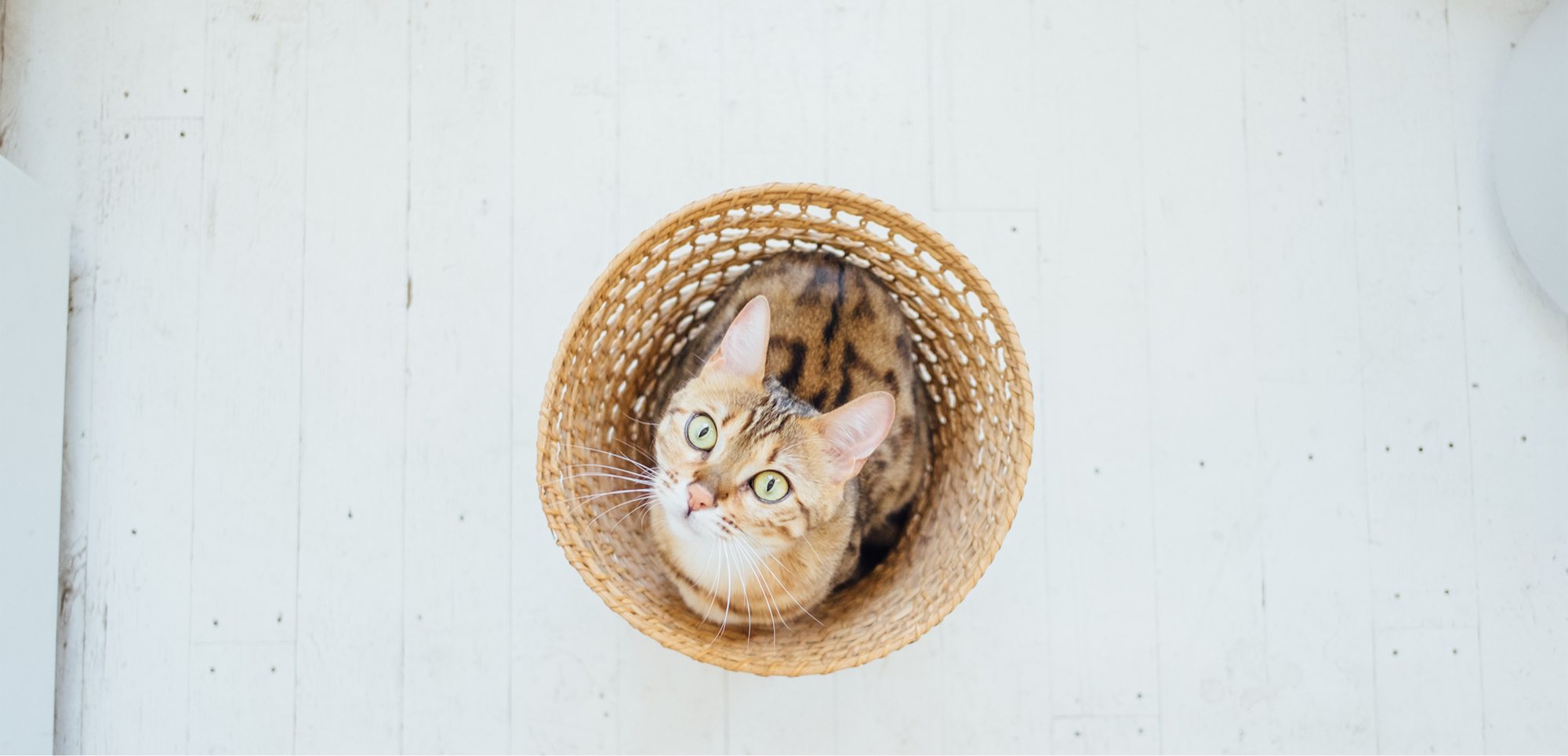SPCA Science Team
Fish deserve 'Betta' than a Bowl
There is a common misconception about the environmental needs of companion Bettas, which are often sold and housed in tiny tanks or vases, which poses serious welfare concerns.

Betta splendens, also known as Siamese fighting fish or Bettas, are a popular aquarium species known for their vibrant colours and elaborate fin shapes. Bettas are tropical, freshwater fish, native to Southeast Asia. Their typical habitats are quiet ponds and shallow waters among dense vegetation near the margins of slow moving streams and rice paddy fields2. Bettas are excellent “tail-flip” jumpers. They can use this jumping behaviour in response to accidental stranding to return to water or to escape poor water conditions3. Sadly, the adaptations that allow Bettas to live in these wild environments, have led to a common misconception about the environmental needs of companion Bettas. Bettas are often sold and housed in tiny tanks or vases, which poses serious welfare concerns1.
The misconception that Bettas prefer to live in small tanks seem to have evolved from their ability to live in low oxygen environments. Bettas have a “labyrinth organ”, which allows them to breathe air at the surface to supplement oxygen available to them in the water, and enable males to produce air bubbles for nest building1. However, just because they can live in low-oxygen and small volumes of water, doesn’t mean they prefer it. Bettas are thought to occupy these environments to avoid competitors and predators2, however, this does not mean this is an appropriate environment to house a companion Betta, as constant exposure to these conditions likely leads to poor welfare.
Evidence suggests that wild Bettas are merely tolerating these small, low-oxygen environments as a survival strategy. Whereas, domesticated Bettas do not face the same pressures of predation, competition and environmental instability when living in a home aquarium. This highlights the problem with directly comparing domesticated and wild Bettas. In addition to having different environmental pressures, domesticated Bettas now bear little resemblance to their wild counterparts. Selective breeding for generations has resulted in males and females that are much bigger than wild male and female Bettas2.
Undoubtedly, both wild and domesticated Bettas need to live in complex and varied environments. Particularly, domesticated male Bettas are recommended to be housed alone to avoid aggressive behaviour towards each other, which is normal for male members of this species. It is worth noting here, that male Bettas who are housed individually, but still able to visually see another male Betta, may become frustrated and stressed due to their inability to fulfil their motivated behaviour i.e. chase the opponent1. It is absolutely vital that in addition to providing Bettas with a large tank, they are provided with plenty of plants (real or artificial), tank substrate, hides and any other form of cover. Adding environmental complexity, provides opportunities for the fish to explore, rest, play and hide from any perceived threats.
Maintaining good water quality (e.g. oxygen, temperature, ammonia, pH, nitrite, etc.) is paramount to fish health and welfare. Water conditions are far more prone to instability and can deteriorate quickly in a small bowl than a large aquarium4. Tropical fish, such as Bettas, require a submersible aquarium heater in their tank to maintain their preferred water temperature. Aquariums also require a filter to remove fish waste and aerate the water. It is recommended to buy a filter with an adjustable flow, as Bettas are adapted to low flow environments.
Betta fish, as with all species of fish, need space in their enclosures to swim, exercise, explore, and express their normal behavioural repertoire. We know that Bettas possess the physiological equipment to survive in small enclosures, however we want our fishy friends to thrive in their home environment, not just survive. So before purchasing your new home aquarium, remember that all fish deserve Betta than a bowl.
References
- Pleeging, C. C. F., & Moons, C. P. H. (2017). Potential welfare issues of the Siamese fighting fish. Vlaams Diergeneeskundig Tijdschrift, 86, 213–223.
- Jaroensutasinee, M., & Jaroensutasinee, K. (2001). Bubble nest habitat characteristics of wild Siamese fighting fish. Journal of Fish Biology, 58(5), 1311–1319. https://doi.org/10.1006/jfbi.2000.1538
- Ashley-Ross, M. A., Perlman, B. M., Gibb, A. C., & Long, J. H. (2014). Jumping sans legs: Does elastic energy storage by the vertebral column power terrestrial jumps in bony fishes? Zoology, 117(1), 7–18. https://doi.org/10.1016/j.zool.2013.10.005
- Sneddon, L., & Wolfenden, D. (2018). Ornamental Fish ( Actinopterygii ) . Companion Animal Care and Welfare, 7, 440–466. https://doi.org/10.1002/9781119333708.ch22

